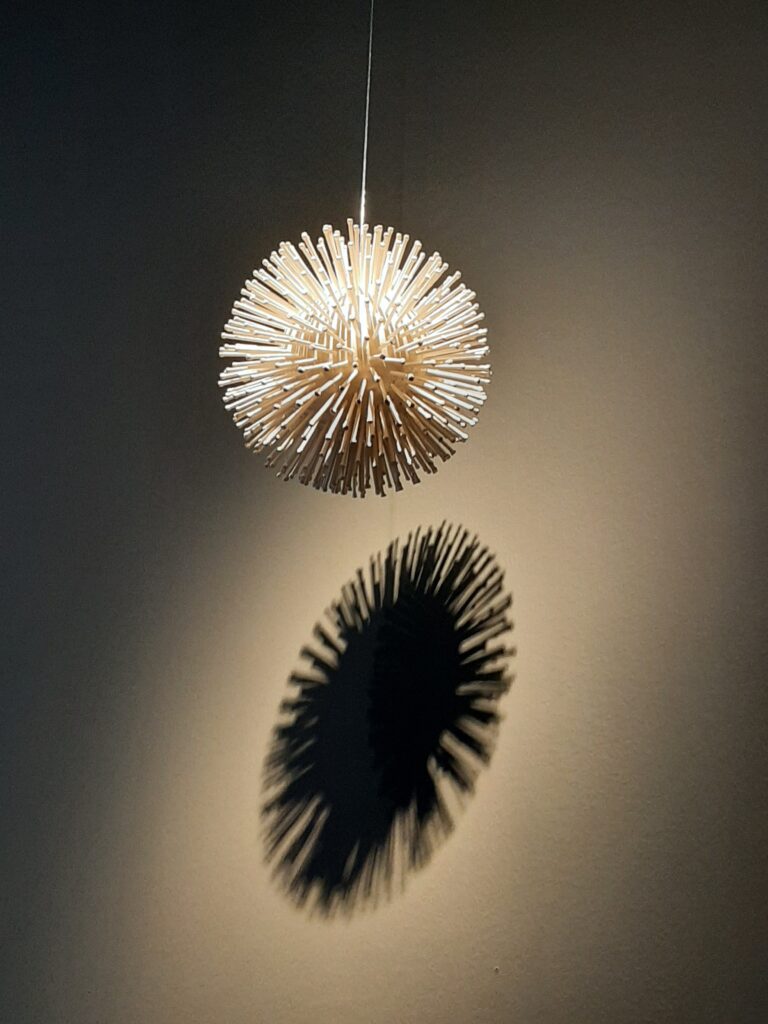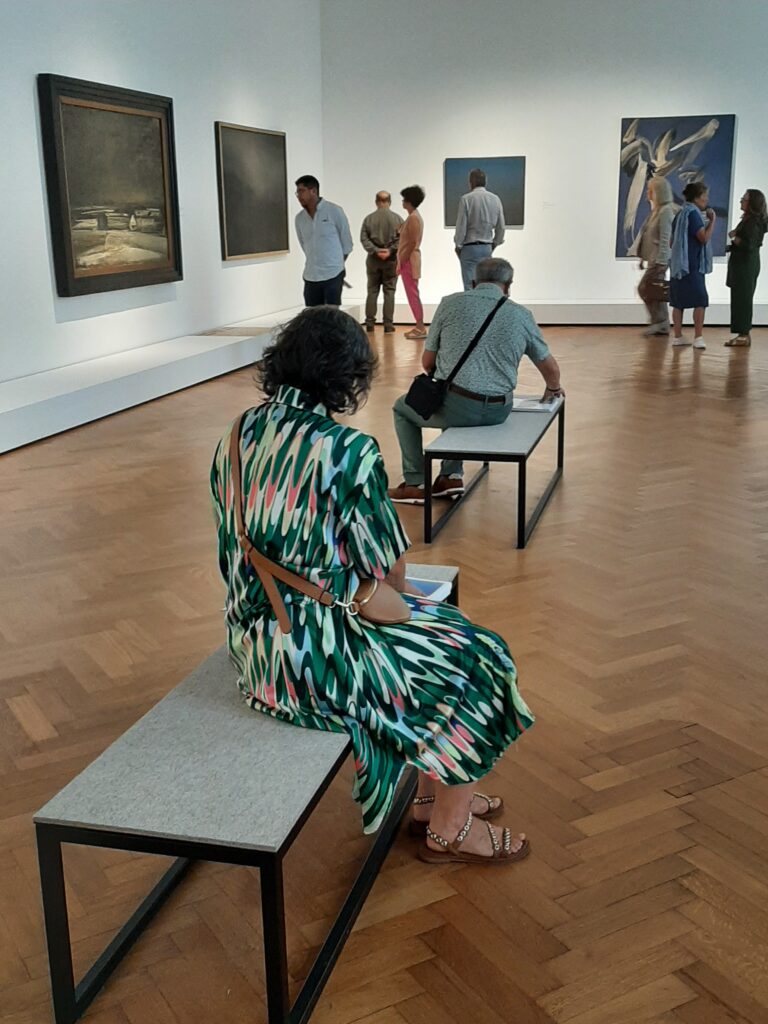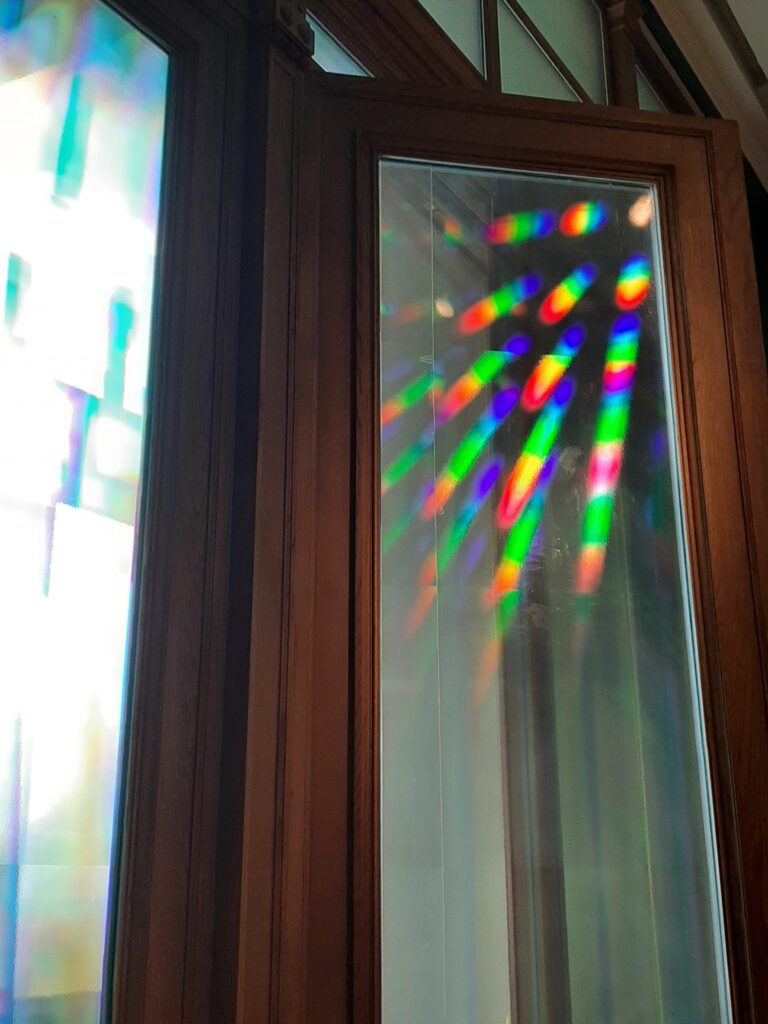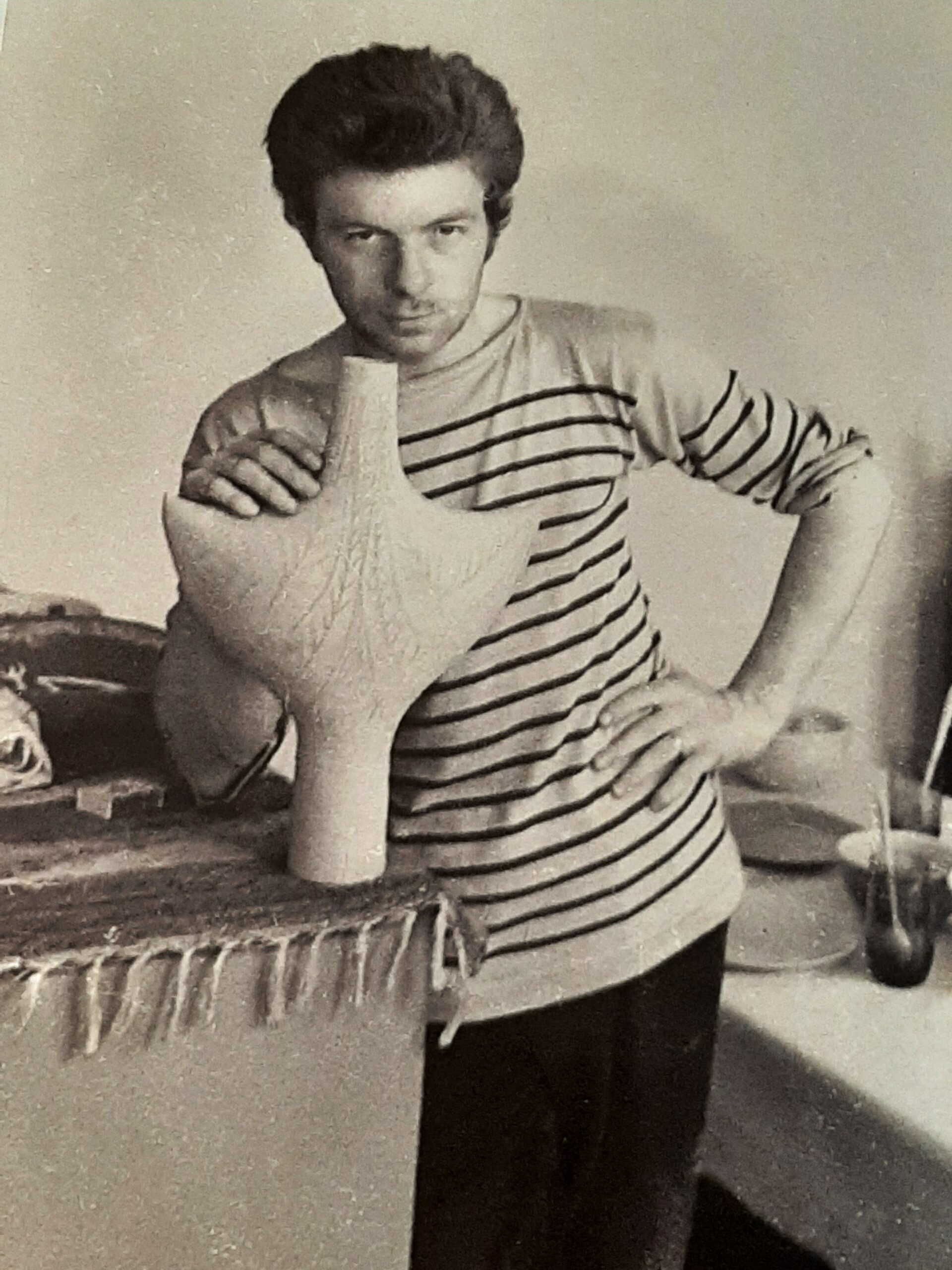The KMSKA Museum of Fine Arts Antwerp is bringing back forgotten names of Belgian artists to a wider audience. The exhibition “Window to Infinity” – a large-scale and thoughtful retrospective of the modernist artist Jef Verheyen (1932-1984), founder of the De Nieuwe Vlaamse School movement, friend of Lucio Fontana and participant of the Belgian Pavilion at the Venice Biennale – was a great success with the public.
“The impressionists see light first, then feel. I feel first then I see. ” – Jef Verheyen.
He spent his life trying to catch the light. He experimented with different styles, from Pablo Picasso to Yves Klein, and came up with his own, unlike anyone else. In the exhibition “Window to Infinity” it seems that Jef Verheyen has managed to tame light and give it to the viewer. And send a message to this infinity. The curators of the exhibition succeeded in a difficult task – to present the artist’s personality in such a way that he became clear and close to us. To put him in the context of the 1960s, the Zero movement and its experiments. To give the origins of themes and tasks in ceramics. Friendship and collaboration with Lucio Fontana and Günter Uecker. A brilliant project of the Museum of Fine Arts Antwerp.
Jef Verheyen worked during the years 1956 – 1978 as one of the last ‘modernist’ painters of the 20th century. In his works nature and colour are in dialogue with each other. In his quest towards visualising purity, his work evolves towards an absolute total experience of light and colour. Verheyen investigates this theme, founded in philosophy, not only plastic, but also literary. He writes lyrical, often poetic visions. The ‘ecstasy’ and the ‘essentialism’ are the important cornerstones around which Verheyen constructs his plastic and literary oeuvre. In 1959, he publishes his manifesto Essentialisme in Het Kahier. His outspoken, stubborn character places him outside the Antwerp art scene, and his works of art are not well-received in Flanders. He finds kindred spirits outside of Belgium, in the Zero-movement: Lucio Fontana (1899 – 1968), Piero Manzoni (1933 – 1963), Yves Klein (1928 – 1962), Günter Uecker (1930), for example. He participates in various (inter)national (group) exhibitions, such as Monochrome Malerei in Leverkusen (1960).



















